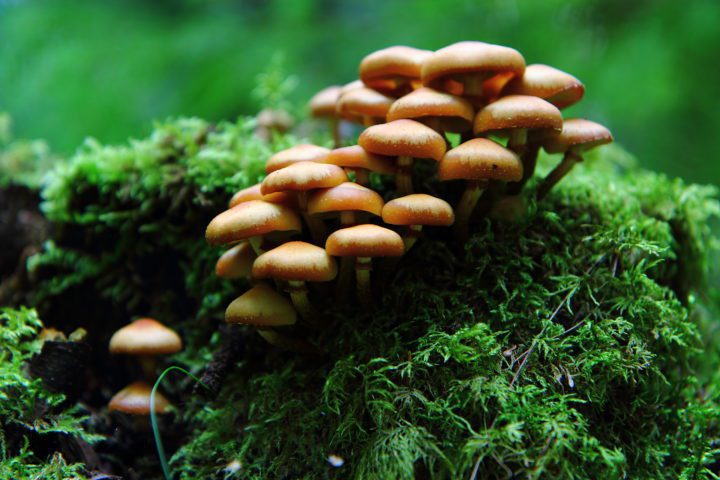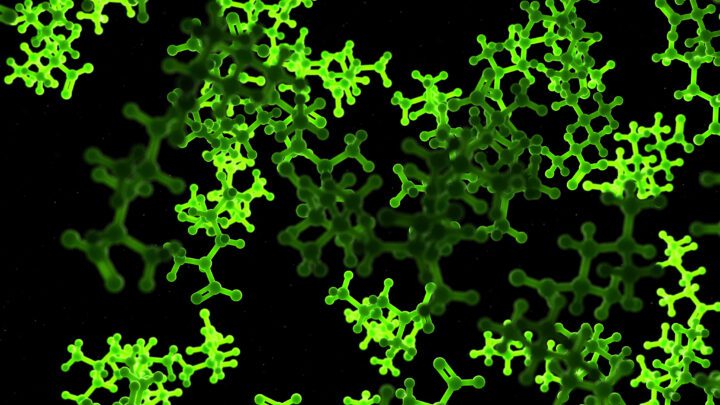Compostable plastic material from Berkeley National Laboratory contains dormant enzymes that can be reactivated to thoroughly decompose the material.
Benefits
- Biodegradable
- Reduced waste
- Reduced costs
Applications
- Electronics
- Consumer goods
- Manufacturing
UN Sustainable Development Goals Addressed
-

Goal 12: Responsible Production & Consumption
The Challenge
As waste management systems cannot keep up with plastic consumption, plastic pollution has fast become one of the most urgent environmental problems in the world. A significant threat to wildlife, plastic waste can take decades to decompose and kills millions of animals each year through entanglement or starvation. Additionally, the production of plastics has a substantial carbon footprint because it requires the use of fossil fuels.
Innovation Details
The plastic material consists of biodegradable plastics embedded with trace amounts of commercial enzymes. The base plastics are polylactic acid (PLA), a vegetable-based plastic material blended with cornstarch, and polycaprolactone (PCL), a biodegradable polyester widely used for biomedical applications. The commercial enzymes (Burkholderia cepacian lipase and proteinase K) are dispersed within the base plastics, along with an enzyme protectant called four-monomer random heteropolymer, which helps to separate the enzymes a few nanometers apart from one another. The enzymes remain dormant through the usable life of the plastic object until they are triggered by hot water or compost soil. Once triggered, the enzymes convert the plastic material into its building-block monomers, fully composting the plastic.
Biomimicry Story
Microorganisms use enzymes to decompose the biopolymers found in plant litter. These enzymes are designed to break down larger polymers into smaller monomers, which then become soil organic matter.





